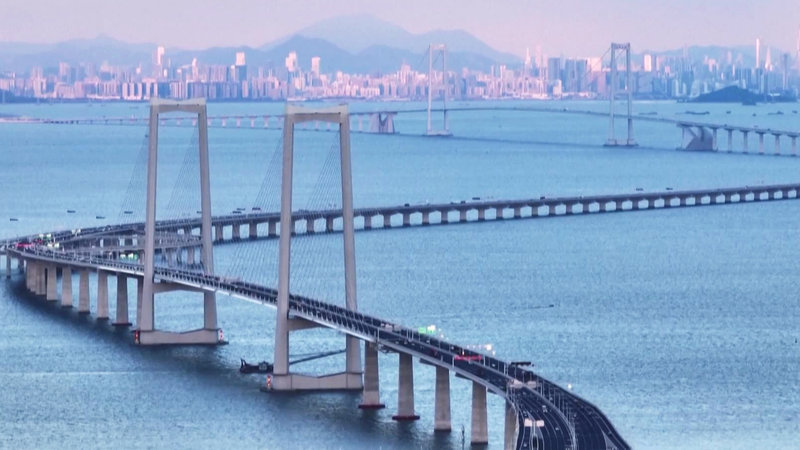At the Second China-Central Asia Summit in Astana on June 17, 2025, President Xi Jinping opened with the image of six pomegranate trees planted two years ago in Xi'an blossoming today. This striking metaphor underlines the vitality of a partnership that has rapidly moved from vision to tangible results.
Trade Surge and Economic Momentum
Under the Xi'an Vision, trade between China and its five Central Asian partners has jumped 35% since the first summit. Chinese new energy vehicles and photovoltaic products are streaming into regional markets while honey, fruits, wheat and poultry from Central Asia enrich dinner tables across China.
Building New Infrastructure Corridors
The China-Kyrgyzstan-Uzbekistan railway is now officially underway, and planning is advancing on a third rail link with Kazakhstan. Phase-II restoration of the China-Tajikistan highway and new pipelines in Turkmenistan are building out a network that spans the Tianshan Range to the Caspian coast. Upgraded freight services and the Trans-Caspian International Transport Route are also setting new standards for connectivity.
Cultural Bridges and People-to-People Ties
After mutual visa-free agreements with Kazakhstan and Uzbekistan, more than 1.2 million trips were recorded between China and Kazakhstan in 2024 alone. Cultural centers, Luban Workshops and branches of Chinese universities are opening across the region. Chinese dramas like Min-Ning Town and To the Wonder have become hits in Central Asia. Today, 100 sister-city pairings celebrate the deepening friendship.
The China-Central Asia Spirit
- Mutual respect: All nations are equal at the table of consultation.
- Mutual trust: Safeguarding each other’s core interests.
- Mutual benefit: Win-win cooperation for shared development.
- Mutual assistance: Standing together through challenges.
Next Steps Toward a Shared Future
Leaders will sign a treaty on eternal good-neighbourliness, while 2025–2026 have been declared the years of High-Quality Development under this framework. China announced three new cooperative centers—on poverty reduction, education exchange and desertification control—plus a 1.5 billion yuan grant and 3,000 training slots for Central Asian professionals.
In a world facing volatility, President Xi emphasized fair, inclusive globalization and multipolar stability over protectionism and unilateralism. By deepening industrial, digital and green cooperation and supporting regional security efforts, China and Central Asia aim to build a resilient community with a shared future.
Reference(s):
Keynote speech by President Xi at the Second China-Central Asia Summit
cgtn.com




